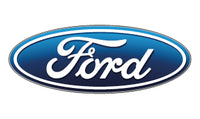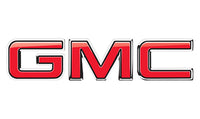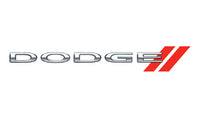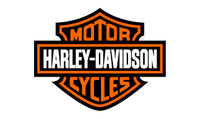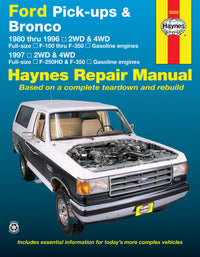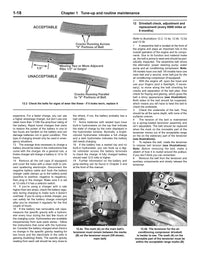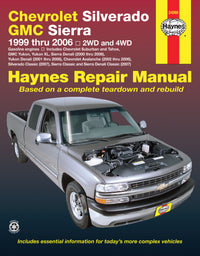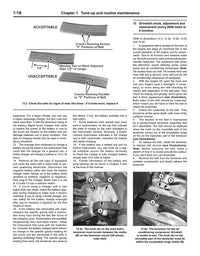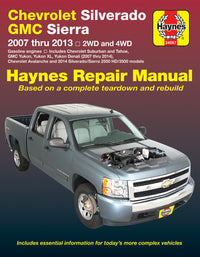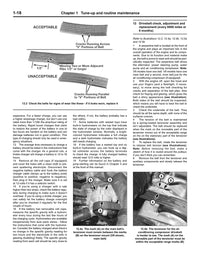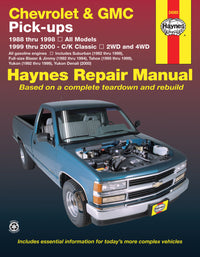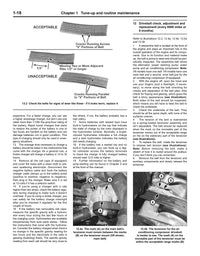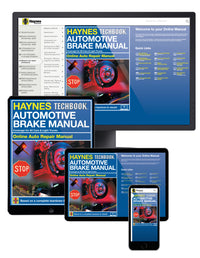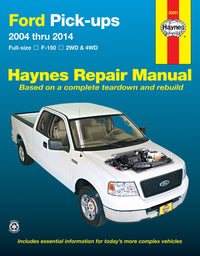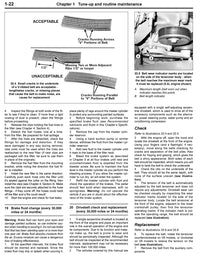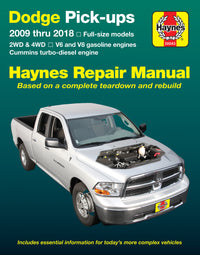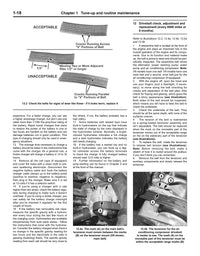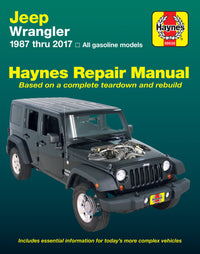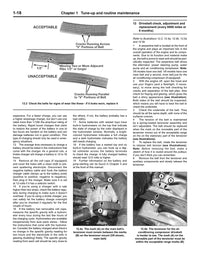The intake manifold, also known known as the inlet manifold, distributes air to the engine’s cylinders, and on many cars it also holds the fuel injectors. On older cars without fuel injection or with throttle body injection, the manifold takes in the fuel-air mixture from the carburetor/throttle body, to the cylinder heads.
The manifold lets air into the combustion chamber on the intake stroke, and this air is then mixed with fuel from the injector, after which the combustion cycle continues.
The air reaches the manifold through the air cleaner assembly, which contains the car's air filter.
The air filter stops dust and other foreign bodies from entering and damaging the engine, so it's vital that you regularly change it.

Inlet manifolds are usually made from aluminium or cast iron, although some cars use plastic manifolds.
It isn't unknown for an intake manifold to split and develop a leak. If you lift the bonnet and listen to the engine when idling you’ll be able to hear a whistling or hissing noise, and the engine itself may idle roughly or stall when idling.
If the split is small it can normally be repaired, but replacement is usually advised.
It's easy to replace an intake manifold on a modern car, because parts are readily available. However, this may not be the case for older models.
You'll need to source these from scrapyards and junkyards, from wrecked cars, via eBay or specialist car parts outlets.
Sometimes replacement inlet manifolds simply don’t exist and you’ll have to either carry out an extensive repair on the old one or find a specialist who can make one for you. However, this will be expensive.
Problems with inlet manifolds are relatively rare, but some diesel car models’ manifolds incorporate what are known as swirl flaps, fitted before the intake ports.
They are designed to improve airflow at lower engine speeds but the flaps can become fouled by the exhaust gas-recirculation process, and either stick or hear off altogether and be ingested into one or more engine cylinders, causing catastrophic engine damage.
